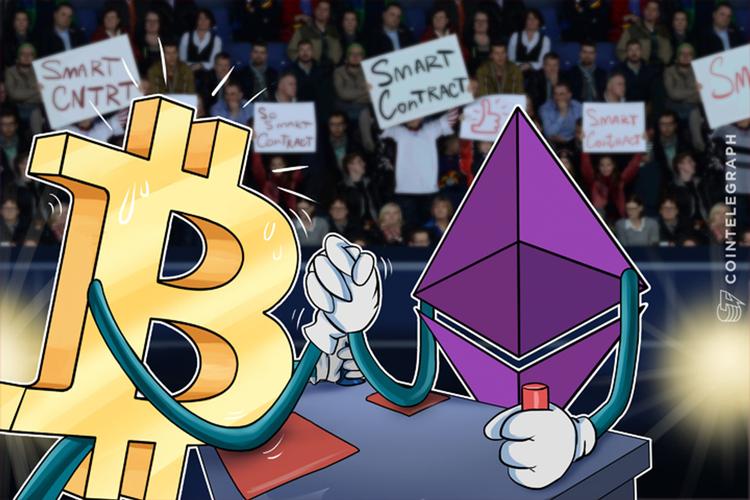
Understanding Bitcoin and Ethereum: A Comprehensive Guide
Are you intrigued by the world of cryptocurrencies? Do you want to delve deeper into the mechanics and functionalities of Bitcoin and Ethereum? Look no further! This article will provide you with a detailed, multi-dimensional introduction to these two digital currencies, ensuring you have a comprehensive understanding of their workings and significance.
What is Bitcoin?
Bitcoin, often referred to as the “gold standard” of cryptocurrencies, was introduced in 2009 by an anonymous person or group of people using the pseudonym Satoshi Nakamoto. It operates on a decentralized network called the blockchain, which is a public ledger of all transactions made on the network.

Here are some key aspects of Bitcoin:
- Decentralization: Unlike traditional currencies, Bitcoin is not controlled by any central authority, such as a government or financial institution.
- Scarcity: There is a finite supply of Bitcoin, with a maximum of 21 million coins that can be mined.
- Security: The blockchain technology ensures that transactions are secure and cannot be altered or deleted.
- Privacy: Bitcoin transactions are pseudonymous, meaning that users can remain anonymous while conducting transactions.
What is Ethereum?
Ethereum, launched in 2015 by Vitalik Buterin, is a decentralized platform that enables the creation of smart contracts and decentralized applications (DApps). It operates on its own blockchain and has its own cryptocurrency, Ether (ETH).
Here are some key aspects of Ethereum:
- Smart Contracts: Ethereum allows developers to create self-executing contracts with the terms directly written into code.
- Decentralized Applications (DApps): Ethereum hosts a wide range of DApps, from decentralized finance (DeFi) platforms to decentralized exchanges and more.
- Scalability: Ethereum is working on improving its scalability to accommodate more transactions per second.
- Privacy: Ethereum offers various privacy solutions, such as zk-SNARKs and zk-Rollups, to enhance user privacy.
Comparison of Bitcoin and Ethereum
Now that we have a basic understanding of both Bitcoin and Ethereum, let’s compare them in various aspects:

| Aspect | Bitcoin | Ethereum |
|---|---|---|
| Origin | 2009 | 2015 |
| Supply Limit | 21 million | No limit |
| Use Case | Peer-to-peer electronic cash | Smart contracts and DApps |
| Scalability | Slow (7 transactions per second) | Improving (up to 100,000 transactions per second) |
| Privacy | Pseudonymous | Enhanced privacy solutions |
Investing in Bitcoin and Ethereum
Now that you understand the basics of Bitcoin and Ethereum, you might be considering investing in these cryptocurrencies. Here are some tips to keep in mind:
- Do your research: Understand the market trends, risks, and potential rewards before investing.
- Understand the technology: Familiarize yourself with the blockchain technology and its implications for the future of finance.
- Start small: Don’t invest more than you can afford to lose.
- Stay informed: Keep up with the latest news and developments in the cryptocurrency market.
Conclusion
Bitcoin and Ethereum are two of the most prominent cryptocurrencies in the market, each with its unique features and use cases. By understanding their mechanics and comparing them, you can make informed decisions about investing in these digital assets. Remember to do your research, stay informed, and invest responsibly.



